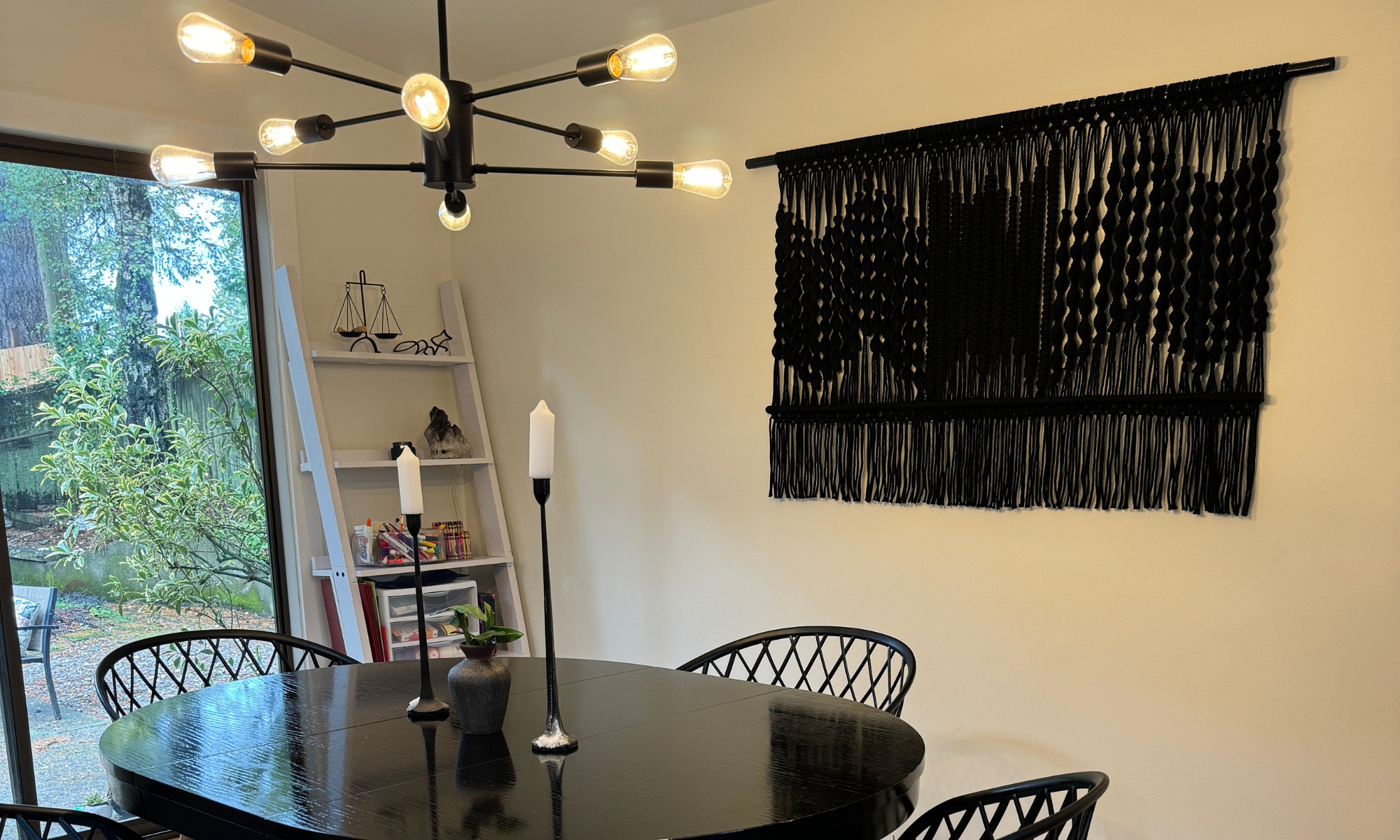It’s a pile of french fries! It’s a stack of Post-It notes! No… it’s the Articulated Wall.
 Standing at a striking 85 feet, the Articulated Wall is one of Denver’s most recognizable landmarks. However, when a Denver resident is asked what it is or where it is located, they seldom know the answer.
Standing at a striking 85 feet, the Articulated Wall is one of Denver’s most recognizable landmarks. However, when a Denver resident is asked what it is or where it is located, they seldom know the answer.
The Articulated Wall was originally designed as a 25 foot statue to welcome people to the 1968 Summer Olympics in Mexico City. Denver liked it so much, they asked for their own; Denver even went a step further, requesting a sculpture over twice the size of the original. You know what they say, everything is bigger in Tex..Colorado.
Location
 Located within the Denver Design Center complex at 595 South Broadway, the Articulated Wall is visible by more than the neighboring buildings. The sculpture transforms a driver’s view heading northbound on I-25. Out-of-towners gawk at the bright yellow sculpture, which looks especially eye-catching against a bright blue sky. Some have said that the piece should be moved to the Denver Art Museum, because DAM owns the piece. To do so would be against the artist’s wishes. Bayer wrote (in his typical typographic style) in 1968: “i have long considered the highway an issue worth the attention of the artist…up to this point we have only known how to disgrace a highway with advertising.”
Located within the Denver Design Center complex at 595 South Broadway, the Articulated Wall is visible by more than the neighboring buildings. The sculpture transforms a driver’s view heading northbound on I-25. Out-of-towners gawk at the bright yellow sculpture, which looks especially eye-catching against a bright blue sky. Some have said that the piece should be moved to the Denver Art Museum, because DAM owns the piece. To do so would be against the artist’s wishes. Bayer wrote (in his typical typographic style) in 1968: “i have long considered the highway an issue worth the attention of the artist…up to this point we have only known how to disgrace a highway with advertising.”
Design
Standing at 85 feet and weighing over 2 million pounds, the Articulated Wall demands attention. The sculpture is designed with gravity in mind, featuring a steel mast in the middle and horizontal bars situated one on top of the other, relying on the weight of one another to stay still. No wonder climbing is prohibited!

About the artist
Herbert Bayer was a painter, photographer, architect, graphic designer, and typographer. He attended the Bauhaus, an influential German art school at the age of 21 and went on to create stylized posters to aid the American war effort of the 1940s. Unfortunately, Bayer was too ill to attend the erection of the Articulated Wall in 1985. He was in California as aircraft carrier’s assembled the statue, piece by piece. He passed away later that year. Over 8,000 of Bayer’s pieces are inside the Denver Art Museum for visitors to enjoy.
Have you ever seen this sculpture in Denver? It’s so iconic, I’m using it for my cousin’s daughter’s Flat Stanley Project. Now her 1st grade classmates will know all about this sculpture and why it is considered a Denver landmark.
Share this story with your friends using the social media buttons below.
Thanks for reading,
Emma




